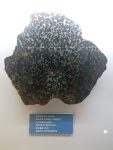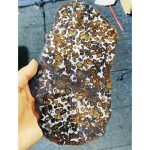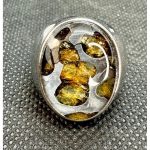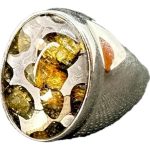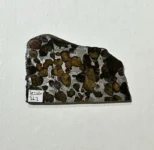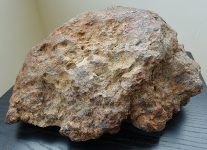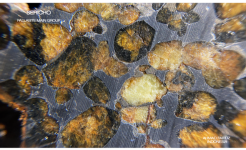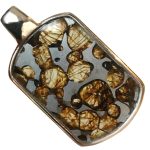Sericho
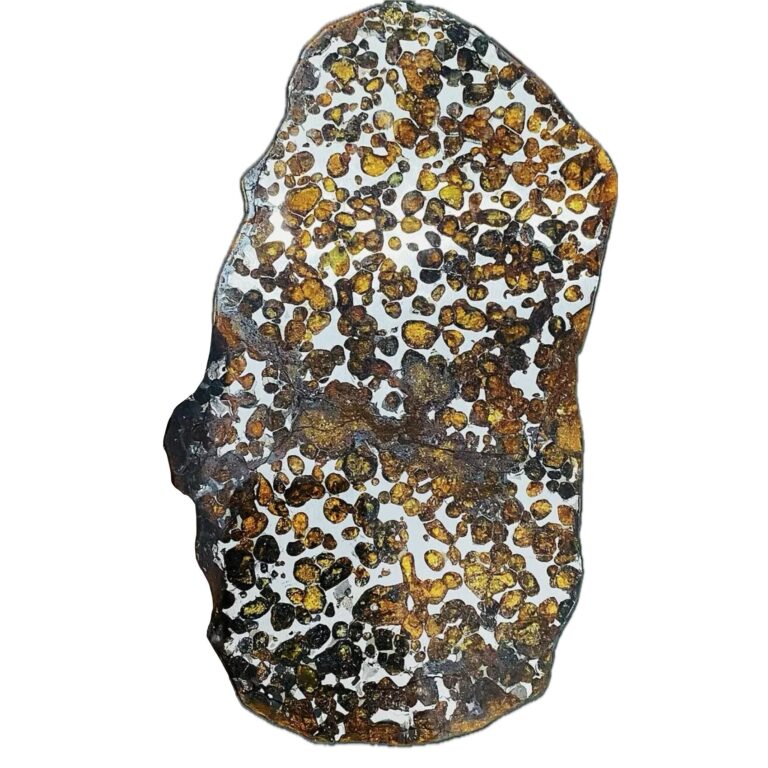
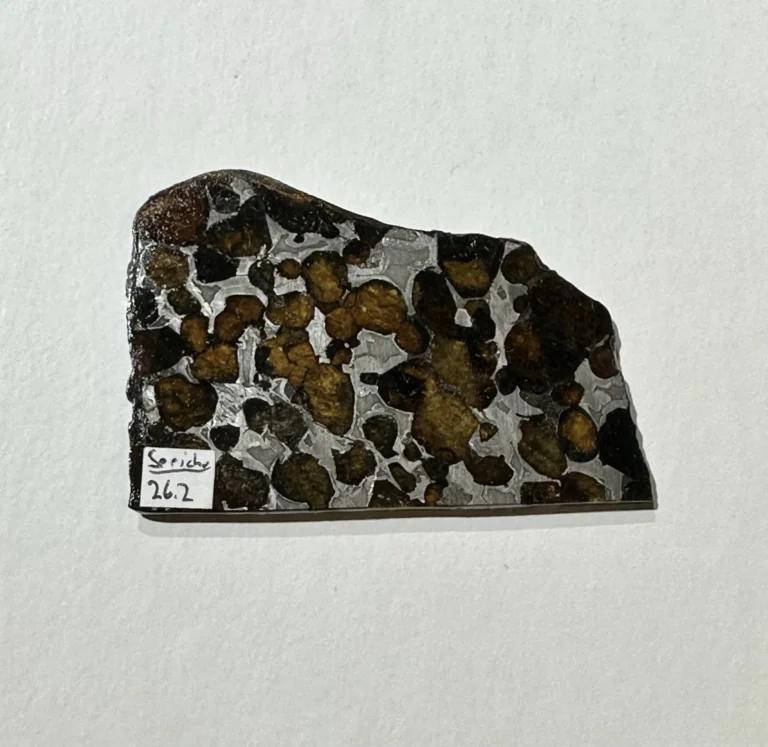
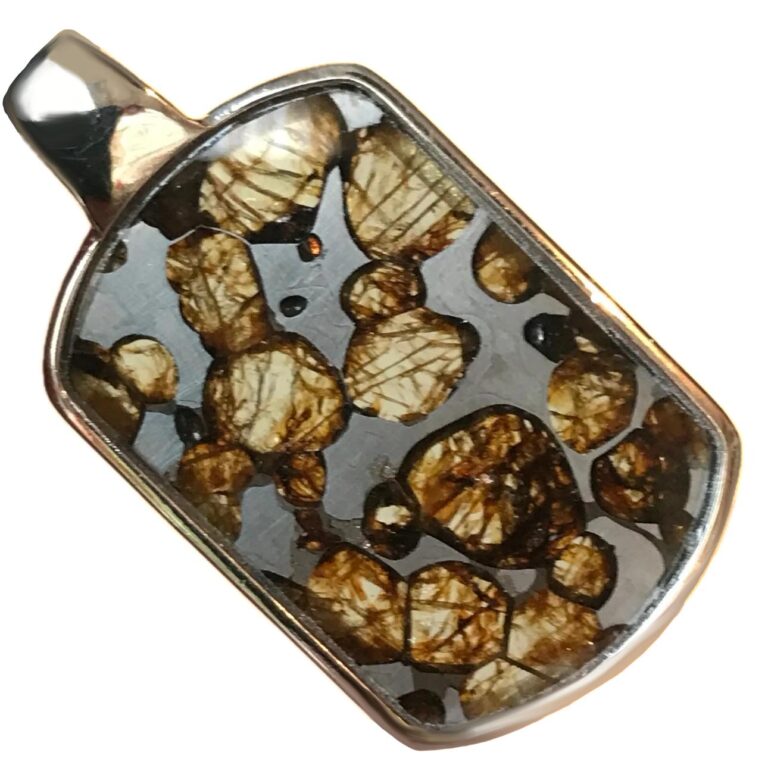
Sericho
The Sericho meteorite, also known as the Habaswein meteorite, is a unique and extraordinary find from Kenya, East Africa. Discovered relatively recently in 2016, this meteorite has captured the attention of scientists and collectors due to its unusual characteristics and the circumstances of its discovery.
Discovery and History
The Sericho meteorite was discovered in Kenya’s Kajiado County, near the village of Habaswein, in 2016. Its discovery was accidental, found by local herders while searching for their lost camels in the remote and arid landscape of northern Kenya.
Circumstances of Discovery
The herders stumbled upon the fragmented remains of the Sericho meteorite strewn across the desert floor. Recognizing its unique appearance and potential value, they collected several large pieces and brought them to the attention of scientists and meteorite collectors.
Recovery and Classification
Following its discovery, efforts were made to recover and classify the Sericho meteorite. It was identified as an ordinary chondrite, specifically belonging to the H5 type. Ordinary chondrites are one of the most common types of meteorites found on Earth, composed primarily of silicate minerals and containing small, round grains called chondrules.
Composition and Structure
The Sericho meteorite’s composition and structure provide valuable insights into its origin and the processes it underwent within its parent asteroid.
Chondrules and Matrix
Like other ordinary chondrites, Sericho contains abundant chondrules embedded within a fine-grained matrix of silicate minerals. Chondrules are spherical grains that formed as molten droplets in the early solar system and later accreted to form asteroids.
Shock Veins
One of the distinctive features of the Sericho meteorite is the presence of shock veins. These veins are formed by the impact processes within its parent asteroid, where rapid shock waves caused localized melting and recrystallization of minerals. The presence of shock veins provides evidence of the violent collisions that shaped the asteroidal bodies in the early solar system.
Geological and Astronomical Significance
The Sericho meteorite is of significant scientific importance, offering insights into asteroidal processes, impact histories, and the formation of our solar system.
Asteroidal Origin
Sericho is believed to have originated from the asteroid belt between Mars and Jupiter, where it underwent significant heating and differentiation processes early in the solar system’s history. The presence of chondrules and shock veins in Sericho provides clues about the physical and chemical conditions within its parent asteroid.
Impact History
Studying Sericho and similar meteorites helps scientists understand the impact histories and collision events that shaped asteroidal bodies. The discovery of Sericho in Kenya highlights the global distribution of meteorites and their potential for revealing insights into Earth’s geological history.
Cultural and Scientific Interest
Beyond its scientific significance, the Sericho meteorite has sparked cultural and scientific interest, serving as a valuable specimen for research and education.
Cultural Significance
The discovery of the Sericho meteorite by local herders underscores the role of serendipity and local knowledge in meteorite discoveries. It highlights the collaborative efforts between scientists and local communities in documenting and preserving meteoritic specimens.
Scientific Research
Studies of the Sericho meteorite contribute to our understanding of asteroidal compositions, the early solar system’s evolution, and the potential for extraterrestrial materials to influence Earth’s geological and biological processes. Research on Sericho continues to yield new insights into planetary formation and the diversity of meteoritic materials.
